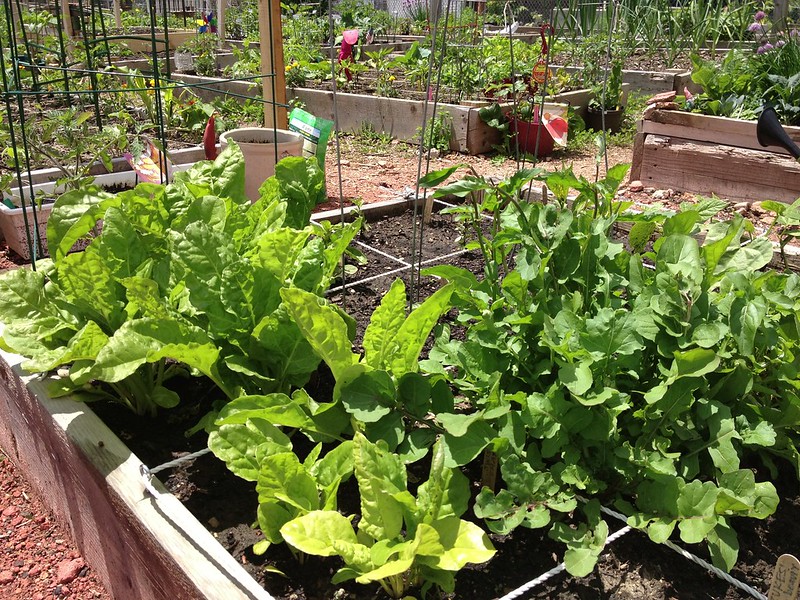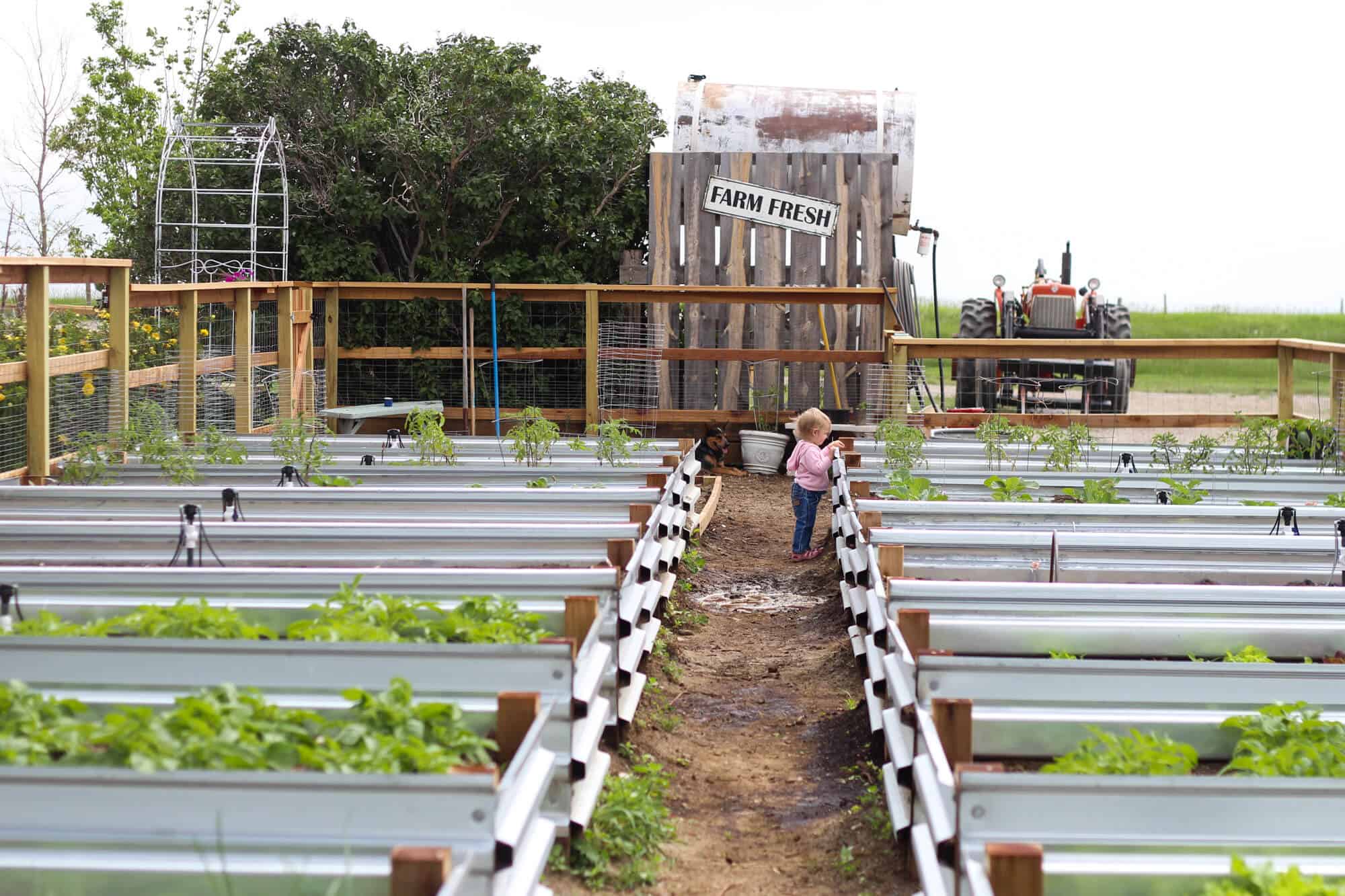Handy Tools and Hacks for Homestead Gardening
Handy Tools and Hacks for Homestead Gardening
Blog Article
Discover Essential Tips for Successful Gardening Techniques and Practices
Gardening, often seen as a basic activity, incorporates a series of methods and methods that can considerably influence the outcome of your initiatives. By prioritizing essential components such as dirt wellness, efficient sprinkling techniques, and suitable plant selection, gardeners can develop a successful community that sustains vibrant development. In addition, understanding the nuances of parasite administration and seasonal upkeep can further improve productivity. Several lovers ignore important details that can make or break their gardening success-- discovering these forgot facets might expose the key to cultivating a flourishing garden.
Comprehending Soil Wellness
Dirt health and wellness is a fundamental aspect of effective horticulture, as it straight influences plant development, nutrition availability, and ecological community balance. Healthy and balanced soil is defined by a rich biodiversity of bacteria, natural matter, and a well balanced pH level, which with each other create an atmosphere for plant advancement.
To recognize soil health and wellness, one must consider its physical, chemical, and biological buildings. The structure and structure of soil affect its capability to retain wetness and nutrients, while the chemical composition figures out the schedule of vital elements like nitrogen, potassium, and phosphorus. Normal dirt screening is vital to assess these elements, allowing gardeners to make informed decisions regarding plant foods and amendments.
In addition, promoting biological activity within the soil is crucial for keeping its health. Practices such as composting, crop rotation, and making use of cover crops can improve microbial variety, enhance nutrient biking, and lower dirt disintegration. By prioritizing soil health and wellness, garden enthusiasts not just optimize plant growth however additionally contribute to a sustainable environment, ensuring that their gardening techniques are environmentally accountable and resistant over time.
Efficient Sprinkling Strategies
Guaranteeing that plants get the ideal quantity of water is vital for their health and wellness and growth, especially when combined with a strong structure of soil health and wellness (Homestead Gardening). Efficient watering methods can dramatically influence plant vitality, minimizing water waste and advertising ideal advancement
One fundamental approach is deep watering, which urges origins to grow deeper right into the dirt, improving drought resistance. This technique typically includes watering much less often yet in larger amounts, allowing dampness to penetrate the origin zone completely. Timing is also vital; early morning is the suitable time to water, as it reduces dissipation and enables vegetation to dry throughout the day, decreasing condition risks.
In addition, employing compost can help retain soil dampness and regulate temperature level, further helping reliable watering methods. Making use of a drip watering system can also give targeted moisture directly to the origins, guaranteeing that water gets to where it's most required while conserving resources.
Monitoring rainfall and soil wetness degrees can guide changes in your watering routine, ensuring plants obtain constant hydration without over-saturation. By embracing these reliable sprinkling techniques, gardeners can promote a flourishing setting for their plants to prosper.
Plant Choice and Positioning
Just how can the ideal plant selection and critical placement change a garden right into a growing environment? The synergy in between plant selections and their positioning is important for creating a vibrant yard. When choosing plants, consider variables such as climate, dirt type, and sunlight exposure. Native species are typically the finest option as they are adapted to regional conditions and require less upkeep.
Strategic placement involves arranging plants according to their development routines and requirements. Taller plants ought to be positioned at the rear of boundaries to avoid shading much shorter plants. In addition, grouping plants with similar water and light requirements can enhance their development and minimize competition for resources.
Including a diversity of plants not just includes aesthetic allure however likewise promotes biodiversity, bring in valuable bugs and pollinators. Think about the seasonal changes in your yard; select a mix of annuals, perennials, great site and evergreens to make sure year-round interest.
Last but not least, keep in mind to assess the fully grown size of plants prior to planting to stay clear of overcrowding and ensure appropriate air flow. Thoughtful plant selection and critical placement develop a harmonious atmosphere, allowing your garden to prosper while reducing obstacles.
Insect and Condition Administration
Reliable insect and disease administration is essential for preserving a healthy and balanced garden environment - Homestead Gardening. An aggressive method, incorporating cultural, organic, and chemical approaches, can substantially decrease the effect of parasites and conditions on your plants

Organic controls, such as introducing advantageous pests like ladybugs or predative mites, can keep bug populations in check without harming the setting. Furthermore, keeping plant health via appropriate watering, fertilization, and trimming will certainly reinforce their strength against illness.
When intervention is required, select targeted chemical treatments, guaranteeing to comply with application standards to minimize injury to non-target organisms. Constantly prioritize lasting practices, as they promote lasting yard wellness and eco-friendly equilibrium. By integrating these techniques, gardeners can efficiently manage conditions and bugs, guaranteeing flourishing plants and a productive yard.

Seasonal Upkeep Practices
In spring, focus on dirt preparation by screening pH levels and including required amendments. Consistently check emerging plants for conditions and pests.
As summer season methods, make certain appropriate watering while checking for signs of stress and anxiety or illness. Trim back overgrown plants to urge air circulation and minimize moisture around foliage. This technique not only read here improves plant wellness however additionally promotes blooming and fruiting.
With the arrival of autumn, it's time to get ready for winter. Clean up dropped leaves and debris to avoid pest problems, and consider growing cover crops to improve soil health and wellness. This period is also suitable for splitting perennials and growing spring-flowering bulbs.
Final Thought
Effective gardening joints on the combination of sound techniques in dirt health and wellness, watering, plant selection, insect monitoring, and seasonal maintenance. By prioritizing soil screening and microbial diversity, utilizing reliable sprinkling methods, and important site selecting suitable plants, garden enthusiasts can develop flourishing ecosystems.
By focusing on crucial aspects such as soil wellness, efficient sprinkling techniques, and appropriate plant choice, garden enthusiasts can create a thriving ecological community that sustains vibrant development. By focusing on soil wellness, garden enthusiasts not only maximize plant growth but additionally contribute to a lasting environment, guaranteeing that their horticulture methods are resilient and ecologically responsible over time.
Taller plants need to be placed at the back of boundaries to stop shading much shorter plants. Clean up dropped leaves and debris to stop insect problems, and think about planting cover plants to enrich dirt health.Effective gardening hinges on the assimilation of sound techniques in soil wellness, watering, plant choice, pest administration, and seasonal maintenance.
Report this page